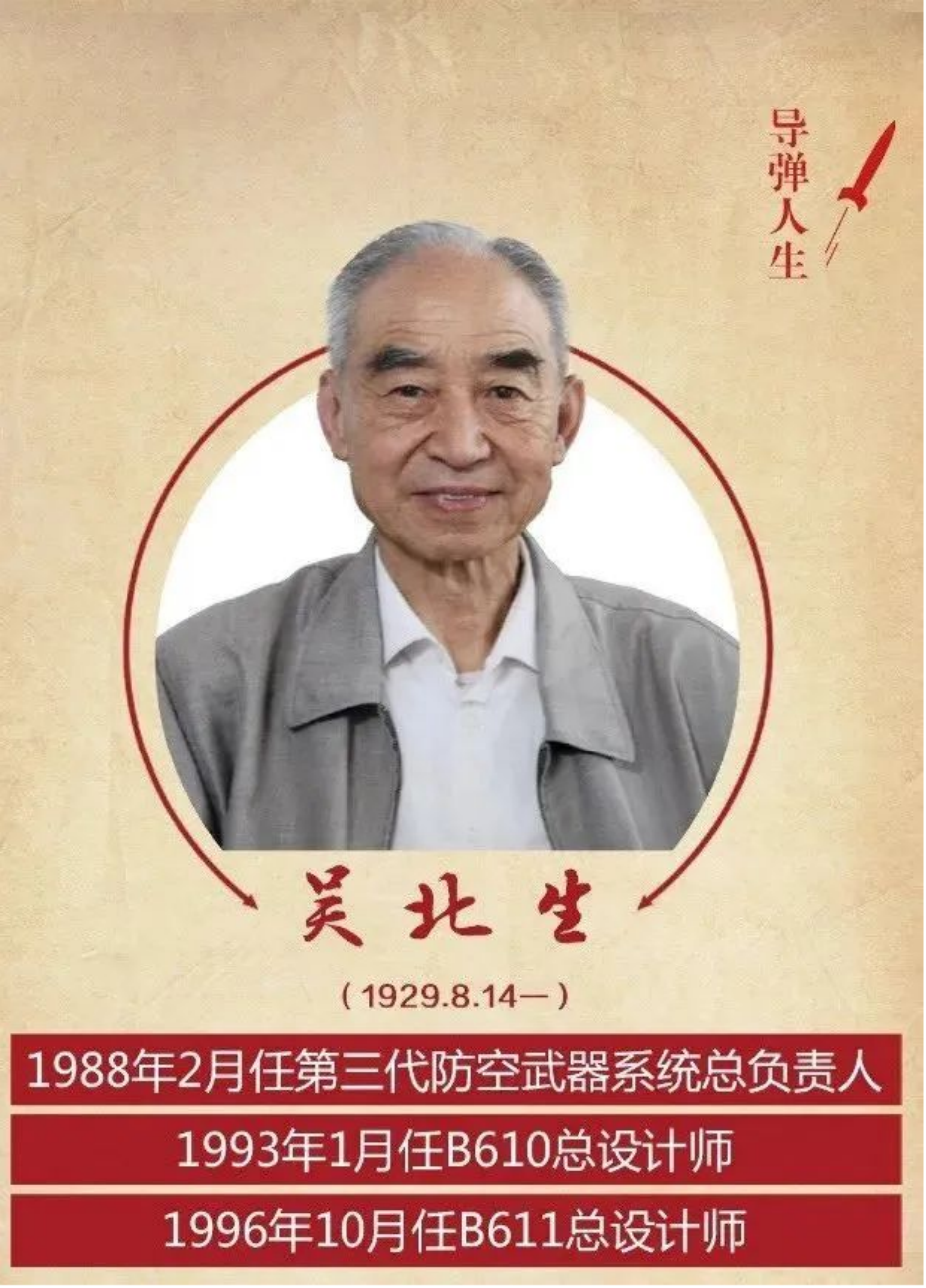April 24 is the 7th Space Day of China, and the No. 2 Research Institute of China Aerospace Science and Industry Corporation organized a Space Day event themed “Inheritance and Dreams”, and released a book “Missile Life” on the spot to disclosed 12 commanders and designers of China’s missile weapon models to the public, who have concealed their identities before. Among those who have rendered outstanding service to missiles, Wu Beisheng, the chief in charge of China’s third-generation air defense weapon system, is an alumnus of the Department of Electrical Engineering of Tsinghua University.

Wu Beisheng (born on August 14, 1929), was admitted to the Department of Electrical Engineering of Tsinghua University in 1948. On the eve of the liberation of Peiping (the old Beijing), he and many enthusiastic young people participated in the vigorous university protection movement and witnessed the liberation of Peiping. On the eve of graduation, he renounced the pen and joined the army. In 1957, he was transferred to the newly established Military Electronic Science Research Institute in Beijing, and later transferred to Branch 2 of No. 5 Research Institute of the Ministry of National Defense, which mainly develops rockets and missiles. In February 1988, he served as the chief of the third-generation air defense weapon system, in January 1993, he was appointed as the chief designer of B610, and in October 1996, he was appointed as the chief designer of B611. He was in charge of the technical work of the development of China’s surface-to-air missile systems, and then served as the deputy chief designer of Hongqi No. 3 and Hongqi No. 7, and the chief technical director of the third-generation air defense weapon system, and the chief designer of the B610, B611, and B6 series. He has made important contribution to the development of national defense and won the National Science and Technology Progress Award, the Science and Technology Progress Award of the Ministry of Aerospace Industry, and the honor of “Expert with Outstanding Contribution” of the Ministry of Aerospace Industry and so on.
This article is transferred from the public WeChat account of Tsinghua University

















 Alumni
Alumni